Moving house can be a very tumultuous experience, and one that you need to master if you are going to get through this stage to begin a new chapter in your life. However, if you arm yourself with the right resources, such as a reliable moving house storage service and this guide, it is likely to be a piece of cake.
Here is how we can help you with this!
We’ve put together this huge guide filled with moving tips. There are tips to help you leading up to the move as well as on the big day itself. So, what are you waiting for? Dive right in…
Packing and Moving Tips to Prepare You for the Big Move
First steps – Arranging your move
1. Confirm when you can move in
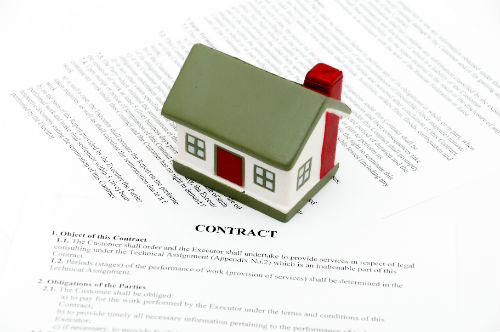
When you’re buying a house, you will need to exchange contracts with the current homeowners. After that, you’ll get your completion date, confirming that you can move into your new property.
Read more tips on contract exchanges and completion dates.
If you’re renting, then you will still have to sign a contract and confirm with the landlord when you are able to move in.
2. Make necessary living arrangements

Ideally, your date for moving out of your old place and into your new one will be the same.
But this isn’t always the case.
If you’re stuck in between moving dates, then you will need to make living arrangements for the interim period –.
And what about all your stuff? You can rent storage units in London to store your things until you’re able to actually move into your new home.
3. Figure out your moving plan

Are you going to hire a removals company for the day or do the whole thing yourself?
Do you need to rent a van to move your things across?
Do you need to ask friends and family for help when moving?
Figure out your plan of attack for your moving day so that you can get prepared.
Saving money when you book a moving company
Here’s the thing, you’re probably in the mood to save wherever you can after putting down a deposit on your new house. This might make you reluctant to spend money on professional movers.
But don’t worry…
There are lots of things you can do to help keep the costs of moving house down. Such as…
4. Compare your options

Don’t just go for the first moving company you come across. Do your research and compare different options to find the best service and price available.
5. Get quotes

It’s a good idea to get quotes from all the removals companies you’re considering.
The best thing is, the company you decide to use might lower their price if you show them a cheaper quote from one of their competitors.
6. Time your move right

When confirming your moving day, you should think about when moving companies will be at their quietest. If they’re in a slow season, they’ll be more likely to offer youdiscounts and better rates.
Think about the following when setting your moving date:
Moving midweek will be much cheaper than at the weekend. Moving mid-month will be cheaper than at the start or end of the month. Certain months and seasons will be busier and more expensive.Do your research to find slow periods for your movers.
7. Ask for discounts

Even if they don’t offer you discounts when providing a quote, it never hurts to ask. The worst thing that’ll happen is they say no and you’re no worse off than before.
At best, you get a better rate on your move.
8. Book your movers in advance
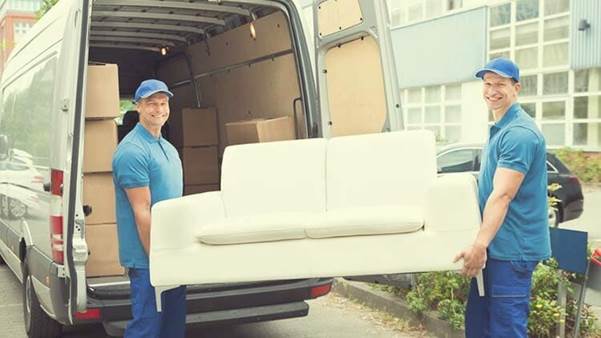
You’ll also get better rates if you book your movers well in advance. Plus, leaving it too late runs the risk of them not being available on that date. Don’t leave it until the last minute, arrange your move ASAP!
Pro tip: Book your movers early in the day so they’re still fresh on the job –; less likely to make mistakes. Try to avoid rush hour traffic, though, to save time and money.
9. Make sure you’re covered

If something gets dropped or falls off the truck during your move, you want to make sure you’re covered to avoid expensive replacements.
Do you have contents insurance that will cover you during the move? Do your movers offer any coverage as part of their price? Will you need to take out extra coverage for the day?How to DIY your move
If you’re looking to save even more money on your move, then you could always do it yourself rather than hiring a moving company to help you. Of course, there may still be costs involved in this if you have to hire a van to transport your things in.
These moving tips are for anyone taking the DIY route:
10. Enlist your friends early
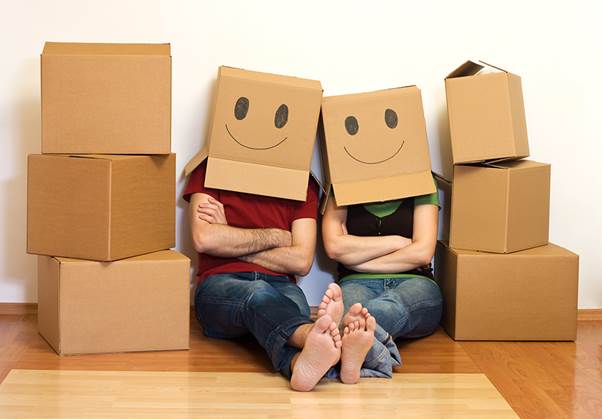
A DIY move will be made much easier if you have friends or family members to help you. Whoever you’ve got in mind, make sure you ask them in advance so that they can keep that day clear.
Pro tip: Be a good friend and incentivise the idea of helping you out by offering your friends a takeaway or some drinks at the end of it all.
11. Sort out moving vehicles
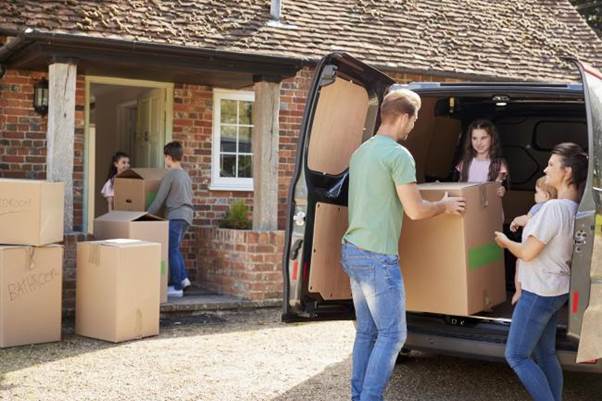
Do you have enough vehicle space between you to move all of your things? If one of your friends has their own van, that’ll be especially helpful. If not, then you will have to hire a moving van and drive it yourself.
12. Save money when hiring a van
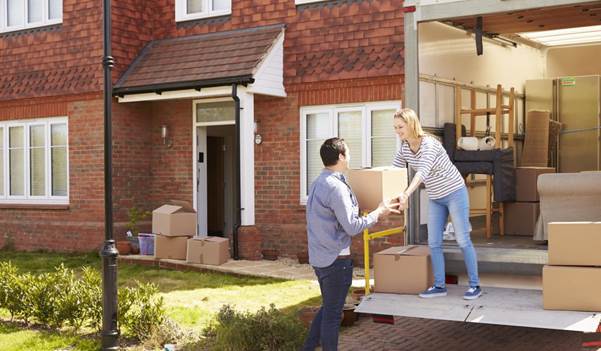
Just like the tips above for saving money on moving companies, you can save money on hiring a van by booking early, comparing quotes, and booking it for a weekday instead of a weekend.
Of course, moving on a weekday might make it less likely that your friends are available to help you.
13. Know how much space you need
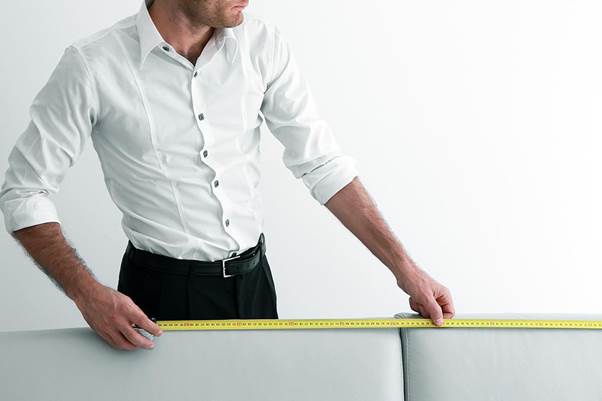
You need to make sure the van you hire is big enough to hold your belongings. But hiring one that’s too big could make it more expensive than it needs to be.
Pro tip: You can use our storage space calculator to help figure out how much space you’ll need in your moving van. You can also use this if you need to rent secure storage in London.
14. Invest in moving aids
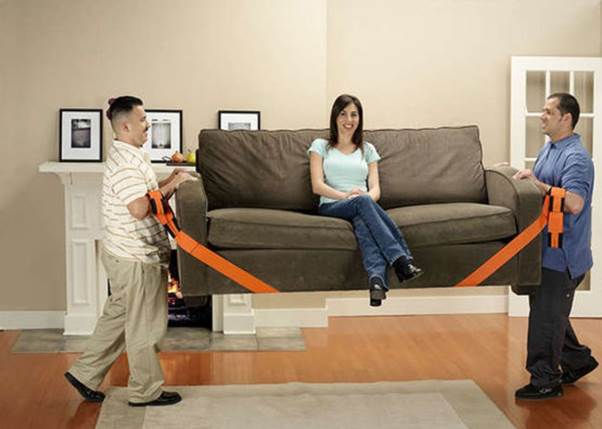
Save your backs and make things easier by using aids to help you lift and move heavy items. Equipment like a moving dolly, shoulder dolly, or hand truck can take the strain off you, make injury less likely, and save you a lot of time and effort when moving furniture.
15. Dismantle where possible
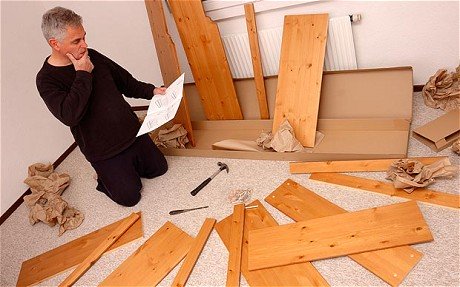
Another way to make large items more movable is to take them apart. Disassembling something like a dining room table will make it easier to get it out of the door and will make scuffs less likely to happen on the way.
We’ve got plenty of packing tips to come in this guide that will help you whether you’re DIYing it or not. Read on for more…
Preparing for the move
A good move is a well organised one, so it’s always good to know what you need to do and when. Assuming you’ve already booked your removals company and van, here are some key things to do at each stage of your moving process…
Things to do 1-2 months before you move
16. Book the day off work

This can actually be done as soon as you set your moving date. If you’re moving on a work day, then make sure you request that day (and maybe the following day) off work as soon as you can. It’s certainly not the worst reason to miss work.
If you’re your own boss, then you obviously don’t need to ask permission. But if you work from home and have a home office, you could benefit from renting business storage to keep everything safe throughout your move.
17. Create a plan

To-do lists and calendars will help you stay organised in the run-up to your move.
Keep note of everything you need to do and when it needs to be done by. That way, important things won’t be forgotten about.
18. Declutter your home
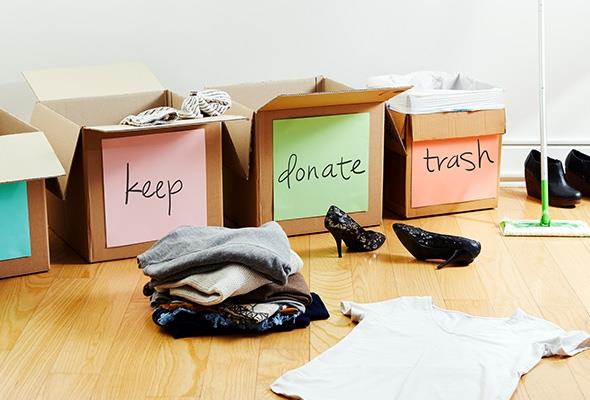
The less you have to move on the big day, the better. Before you pack everything, sort through your belongings to see what you can get rid of before the move. Whether you sell it, donate it, or throw it out, it will mean fewer things to pack and move to your new home.
Pro tip: Hiring self-storage in London is a good way to declutter your home without having to get rid of your prized possessions.
19. Collect packing materials
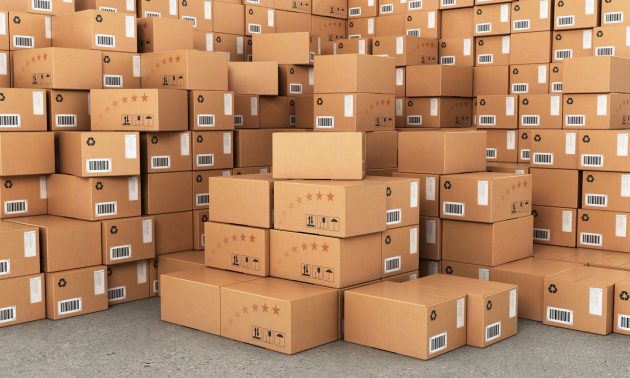
Make sure you have enough boxes and other items to help you pack your things up – more on this later!
20. Start packing

There’ll be some things you can pack early on that you know you won’t need over the next month or so. The earlier you can start, the better.
Things to do in the month before you move
21. Pack some more
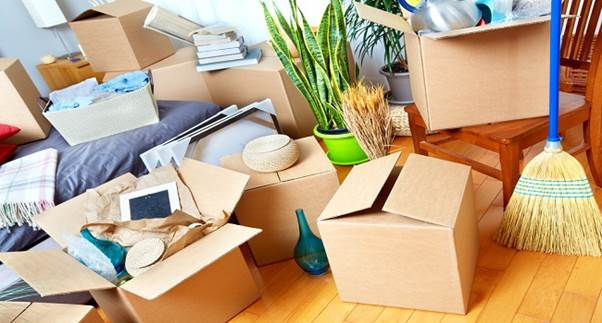
Packing is better off as a gradual job rather than trying to cram it all in the night before you move.
Don’t worry, we’ve got plenty of packing tips to come.
22. Research your new area

It’s good to know what you’ll have nearby your new home. Healthcare is especially important, so research your local doctors, dentists, opticians, and maybe vets to figure out where you’ll be registering.
You might also want to know where your local pub is for the first nights in your new home.
23. Cut down your food shopping
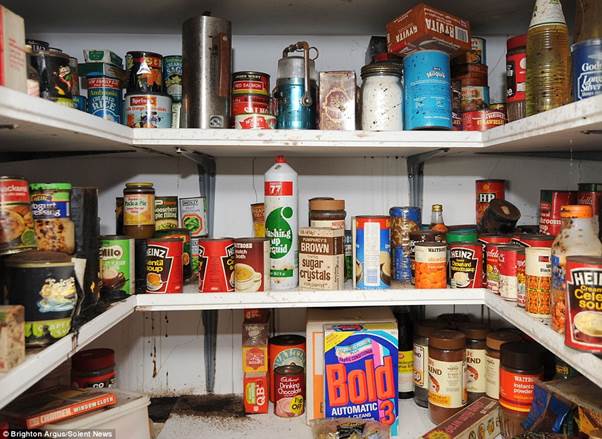
This month is the time to eat all the food in your kitchen. Take stock of what you have and make some meal plans to help you use it all up. You should only be buying the essentials until you get through it all.
24. Arrange child and pet care for the day

Pets and young children will make moving day a lot more difficult if they’re running around. It’s better to arrange care for them for the day of your move. Ask around friends and family (if they’re not already helping you move), book a babysitter or pet sitter, or put your pets in a local kennel or cattery.
Things to do 1 week before you move
25. Final packing
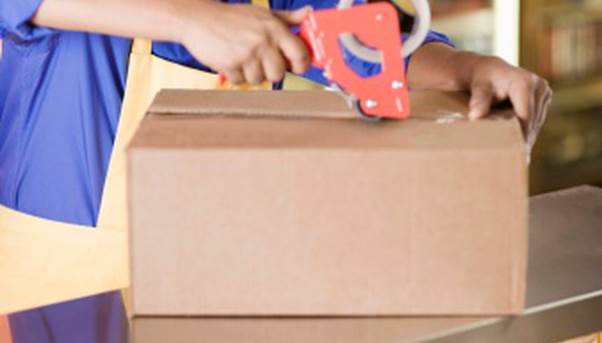
You should have most things packed by now. Throughout this last week, you can pack the final boxes of things that you’ve still been using.
26. Change your address
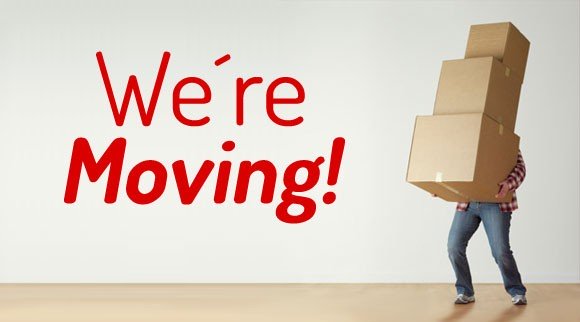
You need to notify relevant people and companies that you are moving house. Here are some key ones to remember:
- NHS
- Local healthcare providers
- HMRC
- Your employer
- Electoral roll
- Insurance companies
- Utilities providers
- Any subscriptions you have
- Friends and family members
- Credit card companies
- Your bank
27. Arrange post forwarding
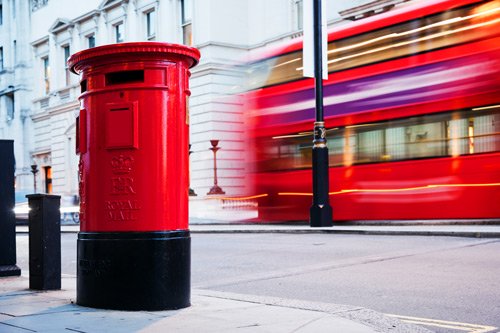
For anyone who slipped through the gaps during your change of address notifications, post forwarding can take care of it. This means anything sent to your old address will be redirected to your new one.
You can arrange post forwarding with Royal Mail – it’ll cost £33.99 to redirect your mail within the UK for 3 months.
28. Communicate with your movers

Make sure that everything is organised on your movers’ end. Confirm that they know where they’re going to collect and drop off your belongings. Give them any additional instructions about your moving day, like where to place boxes in your new home.
29. Map out your route
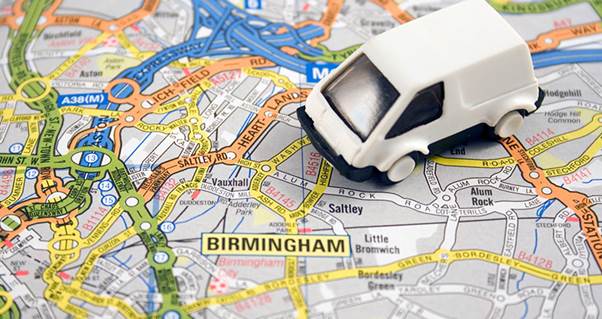
Make sure you know where you’re going, too. Whether you’re driving a moving van yourself or are just following the movers in your own car, it’s good to know the quickest and easiest route to your new home.
Make sure you avoid any roadworks and main roads at peak times to make your journey easier.
30. Switch utilities

You want to make sure you have hot water and electricity when you move into your new home.
Inform your utilities providers of when you’ll be moving to your new address so that they can arrange a switchover – here are some more tips on doing this.
31. Defrost the freezer
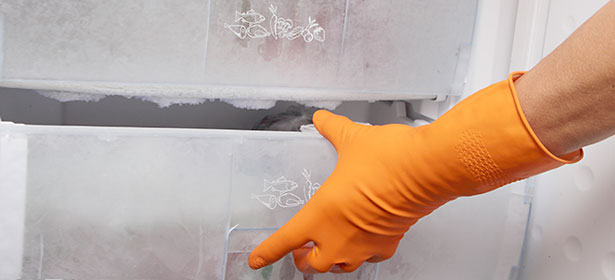
You should fully defrost your freezer24-48 hours before you move. Remove any food that’s left over and switch off your fridge/freezer.
Put down towels to mop up the water that melts off, then leave the freezer to dry properly before you move it.
32. Clean the house
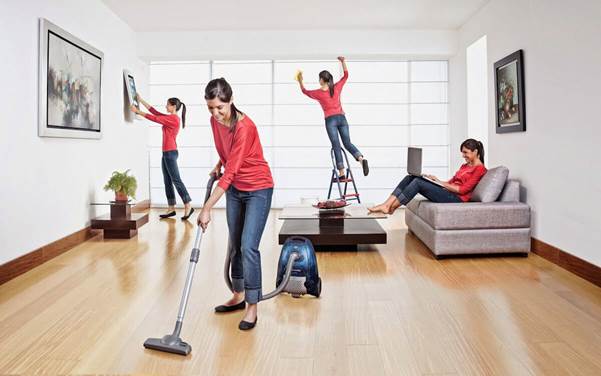
Your house should be in a good condition when you finally leave it. Do some deep cleaning throughout the week you’ll be moving out, although some things will be left until the last day.
If you live in a rented property, a proper clean could ensure that you get your full deposit back.
Pro tip: You should clean the fridge/freezer after you defrost it to make sure mould doesn’t form.
33. Clean your new house
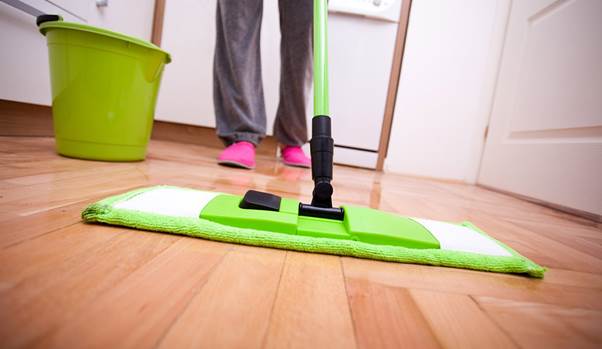
If the old residents have already moved out, it’s a good idea to give your new house a clean so that it’s nice for you when you move in. You can do this yourself or hire a professional cleaner to go in before you move.
34. Cancel local services
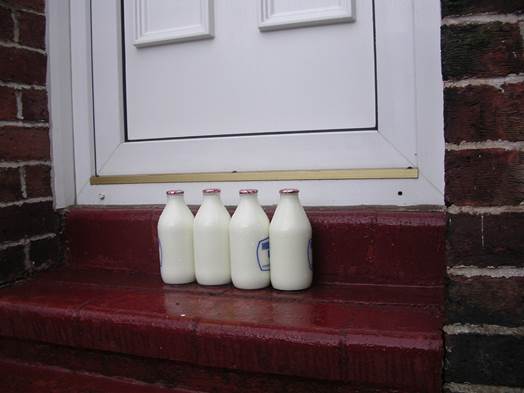
If you get your newspaper or milk delivered to your door, for example, then you should make sure you cancel these before you move.
Things to do 1 day before you move
35. Make sure everything’s packed
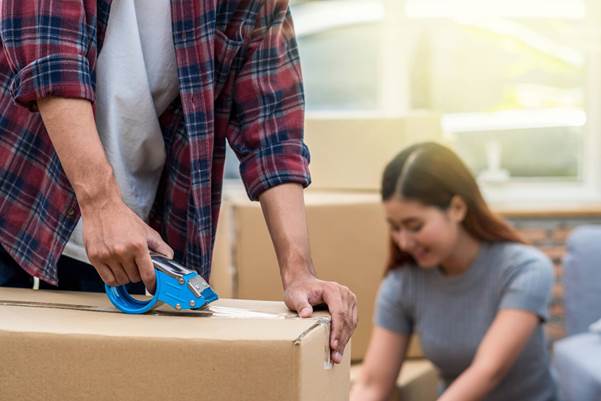
Those last things you’ve been using should be packed away the day before you move. Don’t leave yourself with too much to do on the morning of your move.
36. Check the entire house

Walk around your house and all its nooks and crannies to make sure you haven’t missed anything. Don’t forget the garden, garage, attic, and basement if you have them.
37. Pack moving day kits

Pack a moving day survival kit for each family member.
These should be packed with things you’ll need easy access to on the day and once you arrive in your new home. You won’t want to search through every box just to look for some pyjamas to sleep in on your first night!
These are some things to include in your moving day survival kits:
- Toothbrush and toothpaste
- Deodorant
- Pyjamas
- Phone charger
- Medication
- Snacks
- Bottled water
- Toilet roll
- Toys to keep kids entertained
38. Sort out your keys
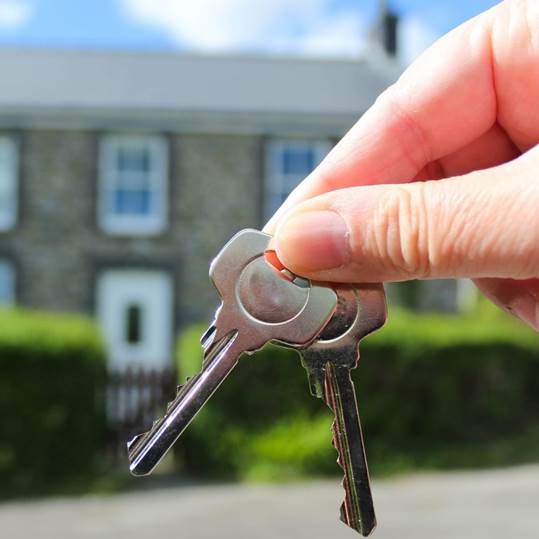
Make sure you have the keys to your new home in a safe place so you don’t lose them tomorrow. If you don’t have your keys yet, then you should have an arrangement to collect them in the morning.
39. Sort out kids and pets
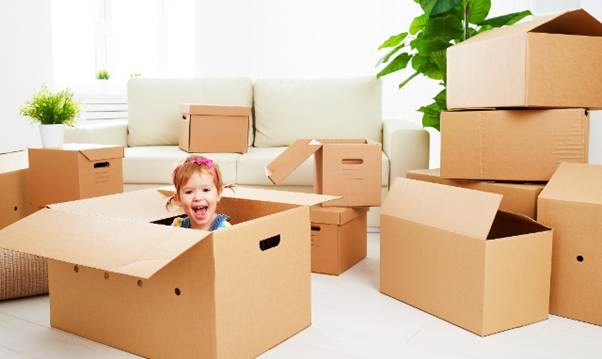
Arranging your childcare and pet care for the night before your move will make things even easier so you don’t have to sort this out the next morning.
It’ll also mean you can pack up your children’s bedding the night before – that’s one less thing to do in the morning!
Packing materials you’ll need + how to get them
It’s time to get down to the nitty gritty of what to pack, how to pack it, and what to pack it into. Let’s start with the latter…
40. Know what you need for packing
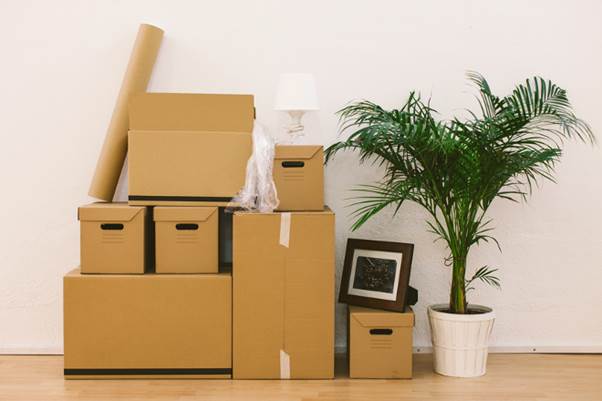
Figure out what materials you need to pack your things into and how much of each item you’ll need. These are some of the essentials:
- Cardboard boxes – various sizes
- Tape to secure boxes – e.g. duct tape or masking tape
- Protective packing materials – e.g. bubble wrap, packing paper, newspaper
- Scissors and/or box cutters
- Sticky labels or permanent markers for labelling boxes
- Felt pads for the bottom of furniture
- Shrink wrap to protect larger items from damage
While this may sound like a lot, you can try to get some of it for free to save you money on packing materials.
41. Ask at shops and supermarkets
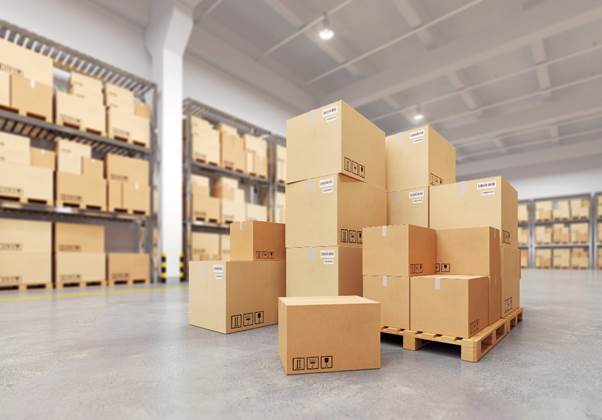
Your local shops or supermarkets may be willing to give away cardboard boxes for free. Try stopping by first thing in the morning after they’ve had their deliveries.
They’re probably overloaded with empty cardboard boxes and will be more than happy to give them to you.
42. Ask your movers if they supply anything
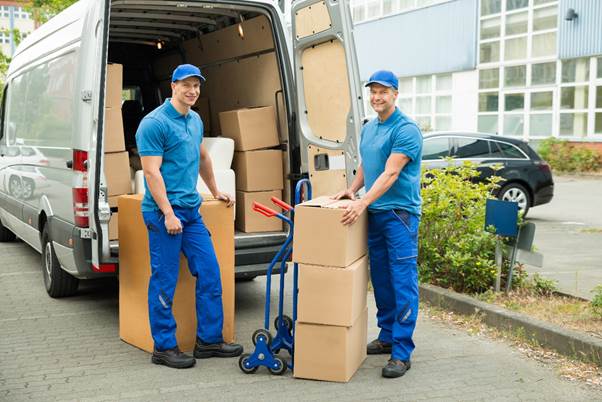
Your movers may supply boxes or crates themselves, especially if they are providing you with a packing service as well. Check with them before you go out for supplies.
43. Improvise with padding
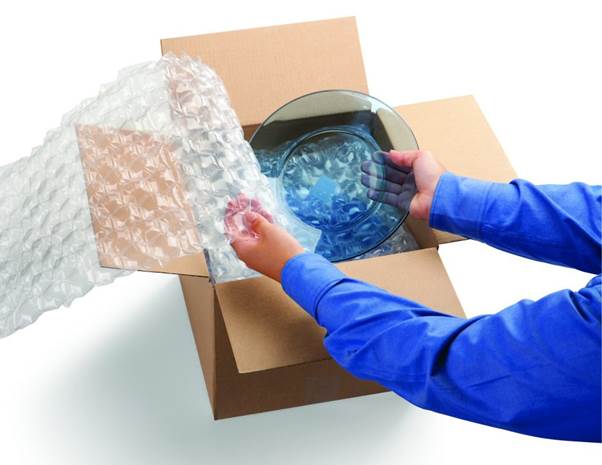
Instead of buying lots of packing paper and bubble wrap, you can appropriate some regular household items. Newspaper is just as good as packing paper, although be careful of the ink running onto your belongings.
You can pack boxes with towels and blankets to keep things protected, and you’re killing two birds with one stone by finding a place to pack those blankets, too.
44. Use other things for storage
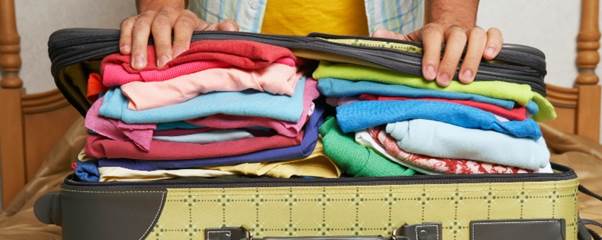
It doesn’t just have to be boxes that are used for storage. Suitcases and other containers can be packed with clothes and other things. It’ll just be wasted space if you leave them empty.
Pro tip: If you’ve kept the original packaging for items like your TV and laptop, use them. Those items may be more secure and easier to carry in their original boxes.
45. Where to buy everything else
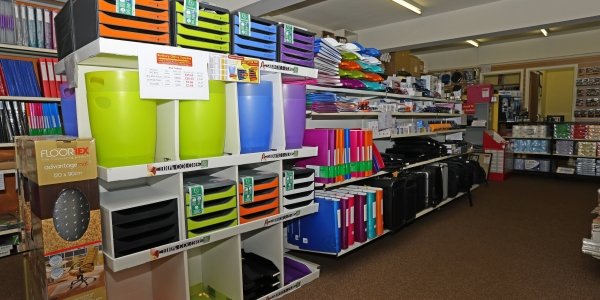
For everything you can’t acquire for free, you can order packing materials online, often for the best prices. You can also try stationery shops or your local post office.
46. Protect your home and belongings
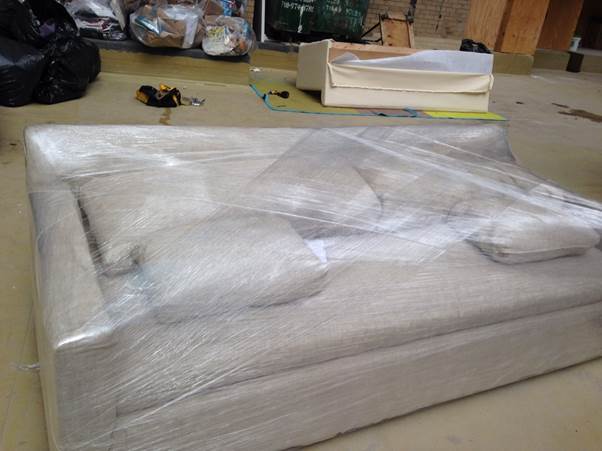
Some materials listed above are there to help protect your home and belongings from damage.
Felt pads on the bottom of your furniture will help to stop your floors from getting scratched when furniture is moved.
Shrink wrap around furniture will also help to prevent damage to your walls and the furniture if bumps and scrapes occur.
Pro packing tips to make things easier
Packing is a big undertaking. If you’ve chosen not to hire a packing service to help you, then you’ve got an entire house of belongings to pack up before you leave. Let’s move onto some tips to help you tackle this…
47. Start early
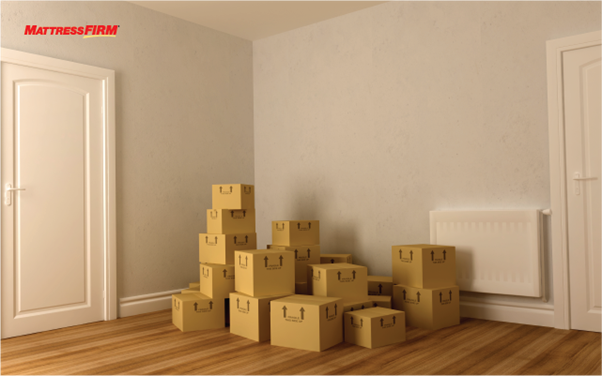
We’ve already warned you against leaving lots of packing until the last minute. Start packing non-essential items as early as possible to spread the workload out across the weeks or months before you move.
You might have a spare room that isn’t used very often. Pack this up first.
48. Remember that last box
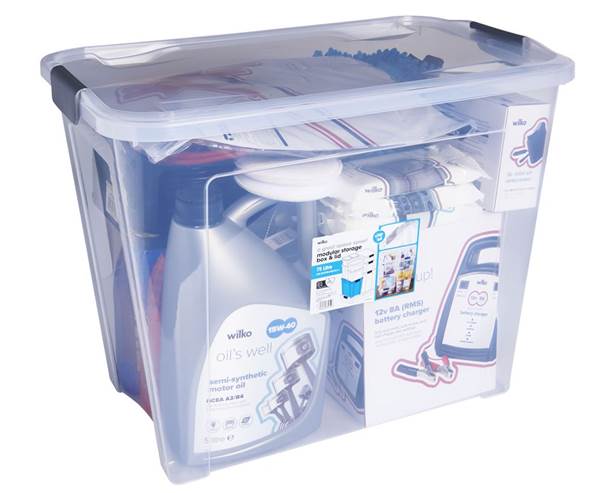
We talked about your personal moving day survival kits. Along the same lines, you should have an emergency box that you pack last and make easily accessible.
If something goes wrong in the move or if you don’t feel like unpacking everything straight away, this could be a lifesaver.
Things like the kettle and tea-making essentials are always good to include here.
Pro tip: Use a clear plastic box for your moving day essentials. It’ll be easily recognisable among the other boxes and, even better, you’ll be able to see what’s inside it.
49. Be organised
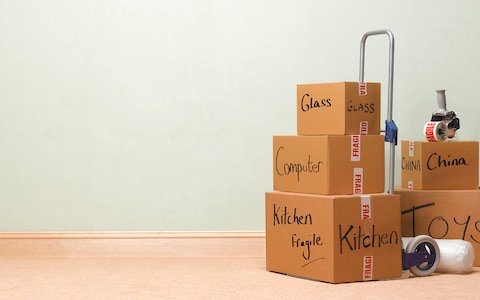
Labelling your boxes will make them much easier to unpack afterwards.
You could label them based on what room they’re from or what they contain, e.g. plates or DVDs.
If you need to find a hammer when you arrive, for example, then you can go straight to the box labelled ‘tools.’
You should label your boxes on the top and side so that you can still read the label once they’re stacked.
50. Colour code them as well
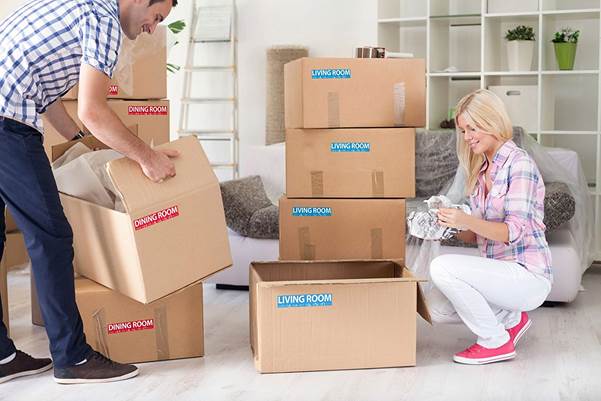
To go an extra step, you can colour code all of your boxes. This can make it easier for the movers to place your boxes appropriately.
For example, you can put a pink sticky label on the kitchen door and label all the kitchen boxes with a pink marker. Your movers will know where to put each box and it’ll make unpacking much easier if everything’s where it should be already.
51. Make an inventory
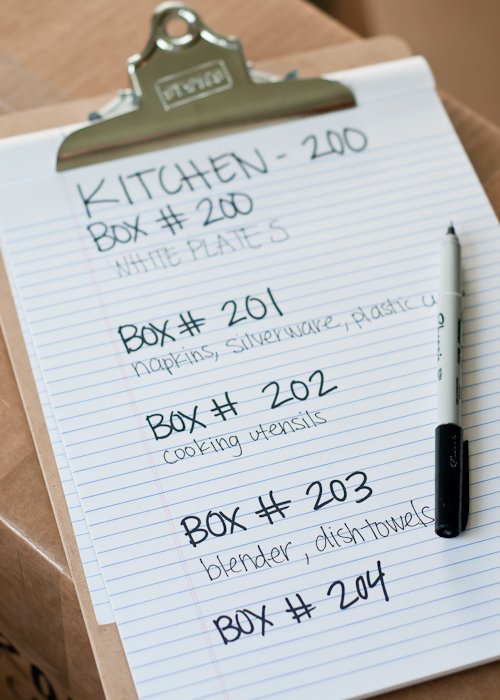
If you’re super organised, you can number each box and make an inventory of what is stored in each box. This will make it even easier to retrieve specific items.
If a box goes missing during the move, your numbered inventory will tell you what you’ve lost. It might even help you figure out what happened to it.
52. Save on space

You want to try and take up as little space as possible when packing everything up. You can pack things inside other things, e.g. leave things stored in drawers.
Vacuum packing clothes will also help to save a lot of space.
53. Keep it light
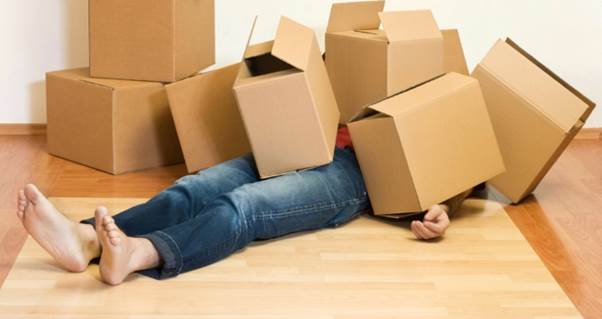
Think about your back (or the movers’ backs) when you’re moving things from one place to another. Try not to make any boxes too heavy.
Store heavy items in small boxes and lighter items in larger boxes. If you follow the above tip of packing things inside drawers, make sure doing this doesn’t make that item too heavy.
54. Pack as little food as possible
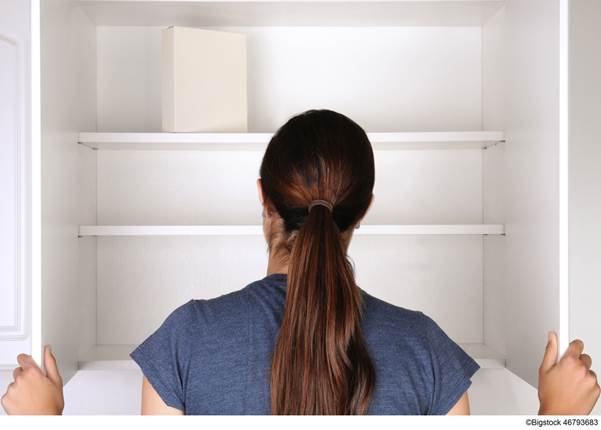
You don’t need to take a whole kitchen’s worth of food with you when moving. We’ve said it already, but you should plan to eat as much of your stored food as possible so that it isn’t taking up extra space and creating more weight.
If you’ve got lots left before moving day, then you can donate some of it to a food bank or homeless shelter.
55. Protect fragile things

Make sure fragile items are packed in a way that minimises the risk of them breaking.
Plates, for example, are better stacked vertically rather than on top of each other. Small, fragile items like makeup mirrors can be packed with cotton pads to stop them from smashing.
Check out some more tips for packing fragile items.
56. Keep important parts together

If you’re dismantling furniture, make it easier for yourself when putting them back together by keeping the necessary parts with each item.
Put screws and other parts in a Ziploc bag and tape it to the piece of furniture they came from.
Tips for the day of your move
The big day is finally here and there’s still a lot to do. Here are some key moving tips for the day of your move.
57. Final packing

There’ll still be a few things to pack, like your toothbrush and toothpaste, your quilt and bedding, any kitchenware you’ll be using that morning.
Pack up every last bit and make sure you’ve got everything. Double and triple check the house!
58. Manage kids and pets on the day

If you followed our earlier tip of arranging child and pet care, then you might be dropping them off somewhere the morning of your move.
If you’ve still got the kids with you, then you can either let them help if they’re old enough, or keep them busy playing in an empty room of the house while the van gets loaded.
59. Final cleaning
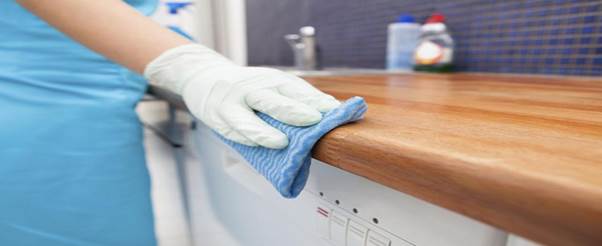
You may have left some mess behind on the day of your move, so do a quick clean around the house before you leave.
This will probably just involve wiping down the surfaces and hoovering any rooms that have been used on that day.
60. Take meter readings
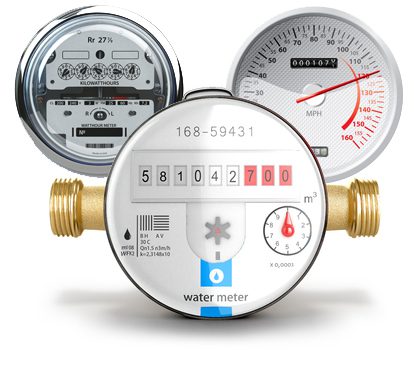
You should take meter readings before you move out of your house and then again in your new house.
Having accurate meter readings will ensure you don’t end up paying for utilities you haven’t used when closing and opening your accounts.
Pro tip: Take photos of your meters on your phone so you have proof in case of any dispute.
61. Switch everything off

Switch off all your utilities before you leave the house so that gas and electricity aren’t being used while the house is unoccupied.
62. Leave your keys as arranged
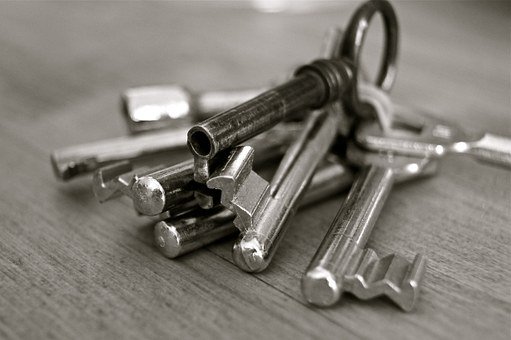
You should have made key arrangements with your landlord, real estate agent, or the people moving in.
Most likely you’ll either be leaving them in your old home or will have to return them to the landlord or estate agents.
63. Make sure everything’s locked up
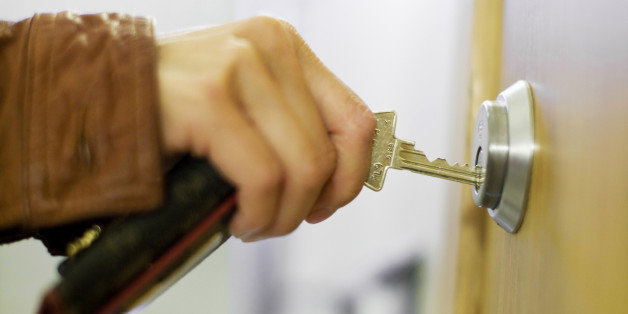
Lock all the doors and windows, including things like garages, when you leave your old house.
If you’re moving yourself
If you’re going down the DIY route, then here are some moving tips for loading up the van to move your things to your new home.
64. Load large items first
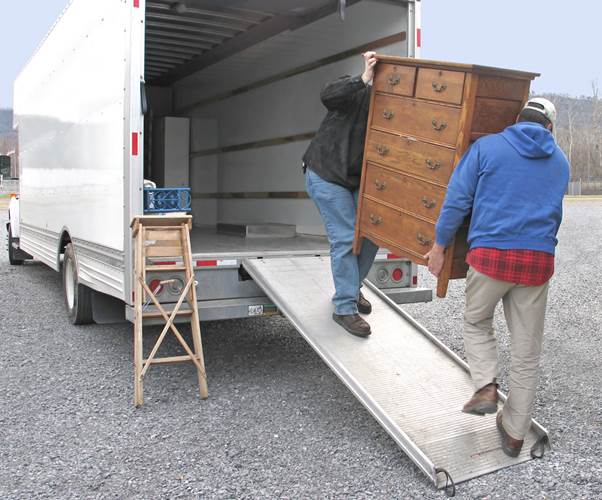
Large, heavy items like furniture and kitchen appliances should be loaded into the van first. Place them against the wall closest to the front of the van to position them securely.
65. Long and tall items down the sides
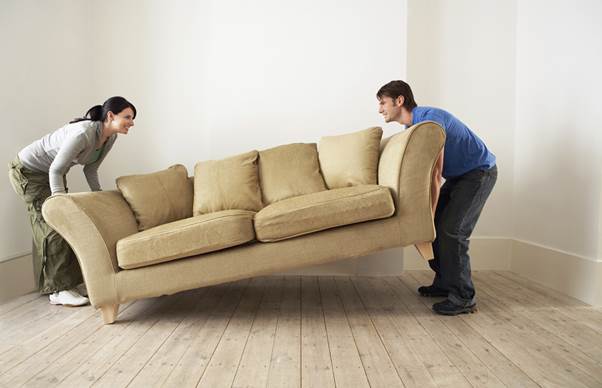
Next comes long and tall items like full-length mirrors and rolls of carpet. These should go lengthways along the side walls of the van.
66. Put heavier boxes at the bottom
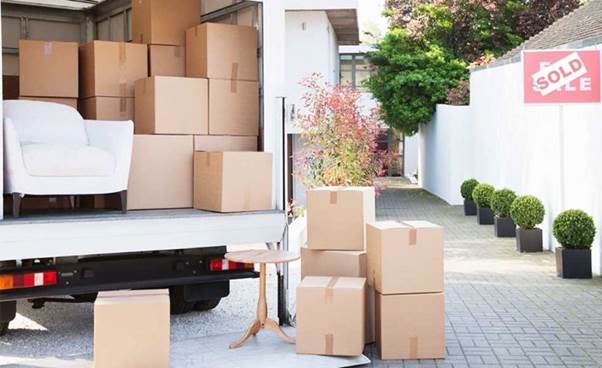
When stacking boxes in the rest of the van, always start with the heaviest ones first. Stack lighter boxes on top of heavier ones.
This will prevent the heavy boxes from crushing the boxes beneath them.
67. Be careful with fragile items
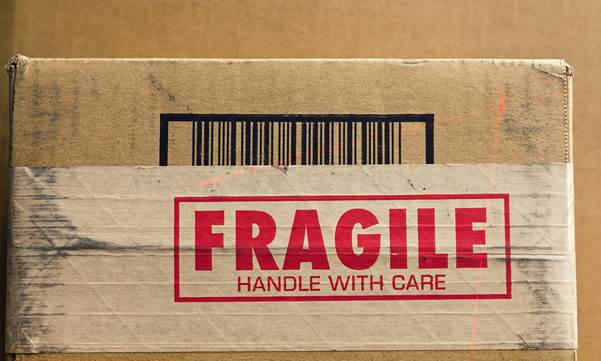
If a professional mover breaks something, you’ll be covered by their insurance. If you or a friend break something, then you might not be.
Make sure fragile boxes are marked and that you take extra care when moving and loading them.
68. Use soft items to fill gaps

To maximise the space in your van, you can fill gaps with soft items like loose quilts and cushions. Even better, this can also provide a bit of extra padding around boxes and furniture.
How to move all your things in one trip
We’re still trying to save you money, and you might be able to save some by making sure your movers only need one trip. You’ll at least save yourself time and effort if you’re moving yourself. Here are a few things to keep in mind to achieve this.
69. Use your own vehicles
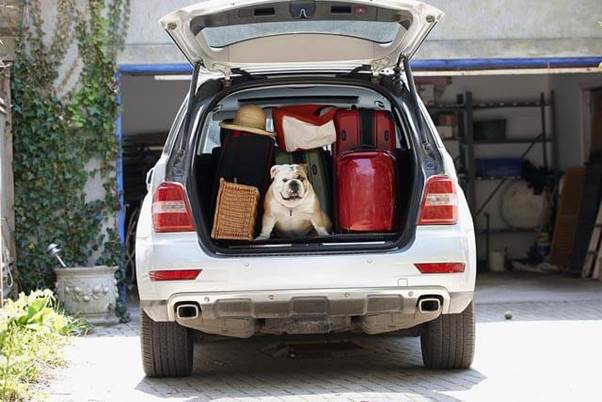
If you’ve hired movers and are planning on driving your own car to your new house separately, then you can use this to transport some extra items or boxes to save some space in the van.
If you’ve got a couple of vehicles going, then this can really help to reduce the load for your movers.
70. Store things before the move
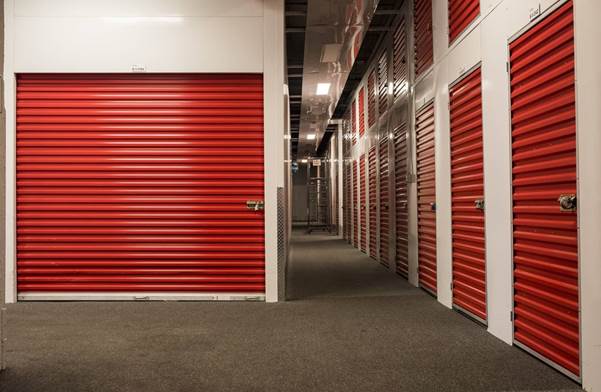
Renting storage in London will help you reduce the amount of stuff you have to transport from one house to the other.
You can put any non-essential items away in storage leading up to your move and then have them returned to you by the storage company in your new home.
71. Get rid of things you don’t need
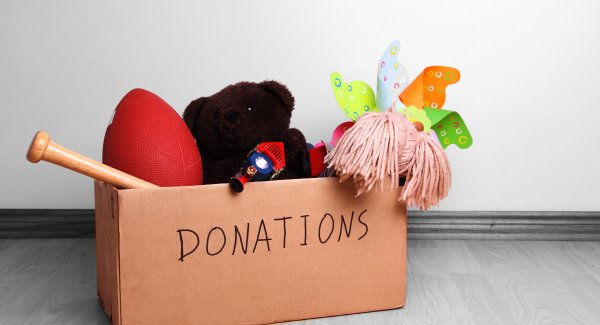
This was an important tip leading up to your move, but it’s especially useful on the day to keep your move down to one trip.
There’s no point in spending time, effort, and money on transporting things that you don’t even want.
Be brutally honest about what you can and can’t get rid of before you move.
When you’re in your new home
When you finally move into your new home, there will obviously be a lot of things to do. Unpacking, decorating, etc. But here are the real essentials for the day you move into your new home…
72. Put the kettle on
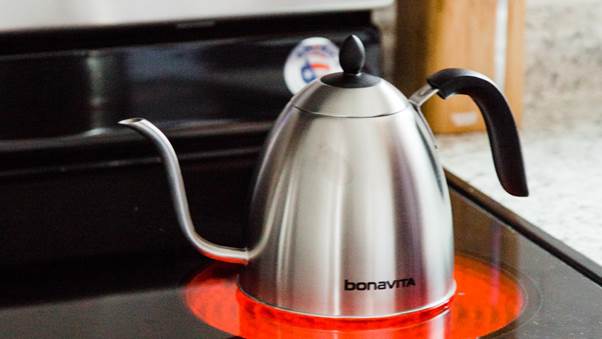
This will be high priority for most people. You hopefully have your kettle, mugs, milk, etc., in your emergency box, so you should be able to get them out easily and make a round of hot drinks for everyone.
Pro tip: Pack biscuits in your emergency box for an even better first drink in your new home.
73. Find a local takeaway menu

It’s unlikely that you’ll be up to shopping and cooking for your first evening in your new home.
Grab a local takeaway menu or order online for your first proper meal.
74. Relax

Most importantly, take at least a few moments to relax in your new home after all your hard work.
75. Unpack…eventually
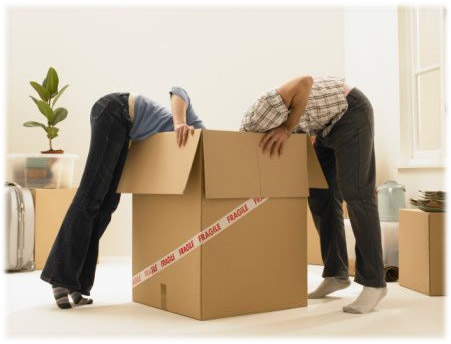
You don’t want to live out of boxes for weeks or months, but there’s no rush right now. You can get to the unpacking tomorrow…or the day after…
Moving can be stressful, but with proper planning and preparation, you’ll breeze through it!





